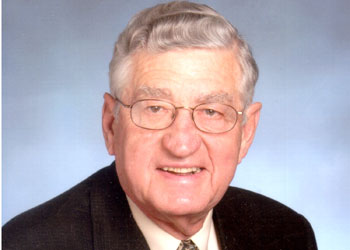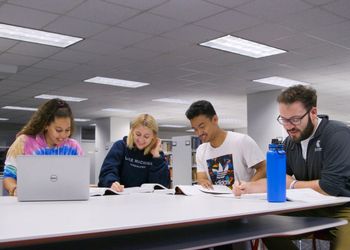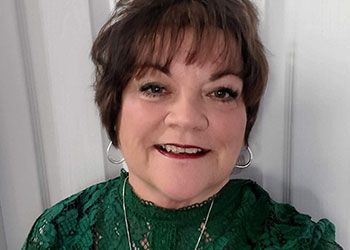MOA Past Presidents Create Scholarship
The committee voted that each past president should donate $100 for five years in a row…The avalanche started. When all was said and done, their persistence garnered more than $49,000 in donations and pledges.
April 20, 2015
It was the Great Snowball Effect – the first few flakes of an idea gained volume and momentum because of people simply passionate enough to roll it all together.
The idea was presented by Dr. Edward Loniewski in May 2012 at a strategic planning session of the Michigan Osteopathic Association Past Presidents Council: to create an endowed scholarship to support MSUCOM students with demonstrated financial need. The scholarship would honor both those who had led the MOA, and those Michigan physicians who had led the American Osteopathic Association, throughout the years.
The committee voted that each past president (32 in all) should donate $100 for five years in a row. Then Loniewski talked with Dean William Strampel, who suggested a dinner to promote the idea and seeded the effort with a gift of his own. This effort was followed by a letter, and then personal phone calls. The avalanche started.
When all was said and done, their persistence garnered more than $49,000 in donations and pledges, and they had enough, at that time, to fully endow the scholarship.
The first award went to student Nathan Hamilton, and Loniewski was delighted with the choice.
“I got to meet him,” he said. “I was very impressed with his leadership qualities. He was just what we were looking to support.”
The Past Presidents Council is continuing to solicit funds for the scholarship, and the MOA has also pledged a memorial donation to add to the endowment at the death of each past president.
The theme of leadership is, of course, important to this group that has been in the vanguard of the profession, both at the state and the national level. “We want to leave a legacy of leadership for other people to emulate as well,” Loniewski said. “The scholarship is a commitment to the future of our profession.”




